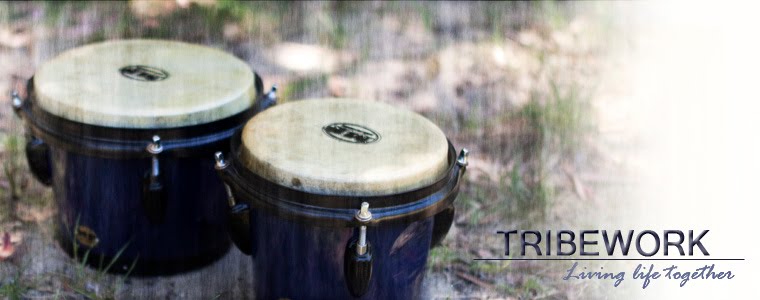Thinking back to my childhood
years, I always enjoyed working with connect-the-dot pictures in workbooks. In
an air of expectation I’d go from 1 to 2 to 3 to 4 and so on, drawing the
straightest lines I could. Slowly the image would take shape on the page and
then stimulate my mind—ah, the sense of discovery!
Once all the dots were connected
and the image was visible I would colour the image, unless I moved right on to
the next page in the book.
Connecting the dots is an important
practice in revealing the promised identity of the thing; so our image takes
shape.
So it is with blended families. It
takes some time before all the dots are connected; before a safe ‘n’ sound family
identity—like the image—begins to take shape.
I know first hand the yearning in
being a blended-family parent; to want everyone to get along, yet in that
desperation we can become the very barriers we ought to have avoided becoming
in the first place.
Trying Too Hard
In our efforts to facilitate harmony—to
connect all the relational dots—we may inevitably try too hard and push people
away. We may come across as manipulative despite our best intentions.
Then there are those who may be
stuck in the midst of the difficult rapport, frustrated by either their failed
or rejected efforts or by resentment for what has happened to, or occurred
within, “my family.” None of this (what has occurred) is fair on anyone.
The sense of variegated injustice
in blended family dynamics is polarising.
In taking sides we seek for justice
and to communicate our love, liking and disliking, but we are inevitably no
happier. The horrible truth persists—we will only be truly happy when everyone
else (so far as it’s possible for us to negotiate) is content.
This means—despite those who
refuse to play the game of our objective: Unity—we can be content when we have
done all that can be done. Or we should be content.
Leaving What We Cannot Control for God
The rest of what we cannot achieve
on our own, which includes our ongoing cooperation, we leave to God. Many and
varied are these things.
God will augment the dynamics if
we will mindfully surrender them to him. God can make remarkably simple that
which we make awkwardly complex, verging on the impossible. And considering
what little we might do to interrupt progress, even this may lead to very
undesirable outcomes.
It is best we are patient.
Blending the family so it doesn’t curdle often takes years.
Blended family dynamics tend more
to be about a good overall consistent approach, where, in faith, we keep sowing in love—hoping and praying
it will bear fruit. Persistence pays off.
Rarely does the work of faith go
unrewarded, but we must sow without
assurance of success—as if success were unimportant. It wouldn’t be faith otherwise; if we were ‘assured’ of
success.
***
Unity within the blended family
can take years of loving and sacrificial hard work. When we sow in faith,
loving despite much evidence of scant returns, our work of faith will
inevitably be blessed, eventually.
© 2012 S. J. Wickham.


No comments:
Post a Comment
Note: Only a member of this blog may post a comment.